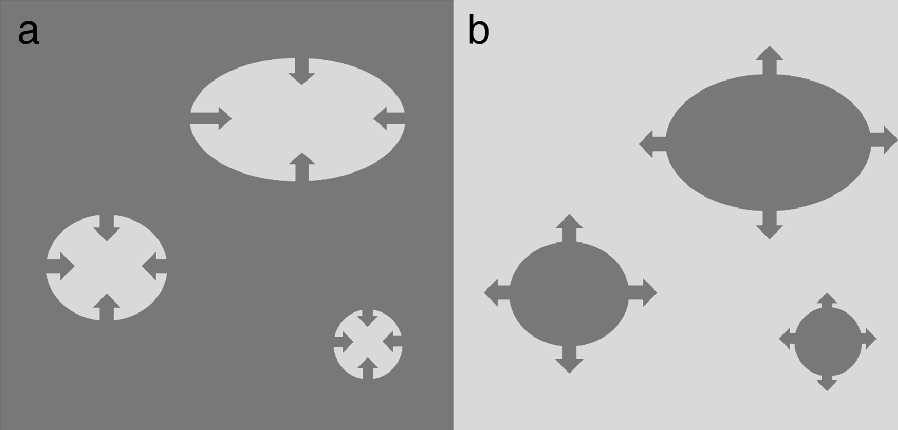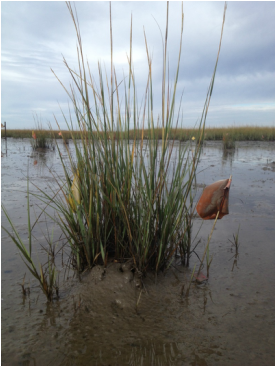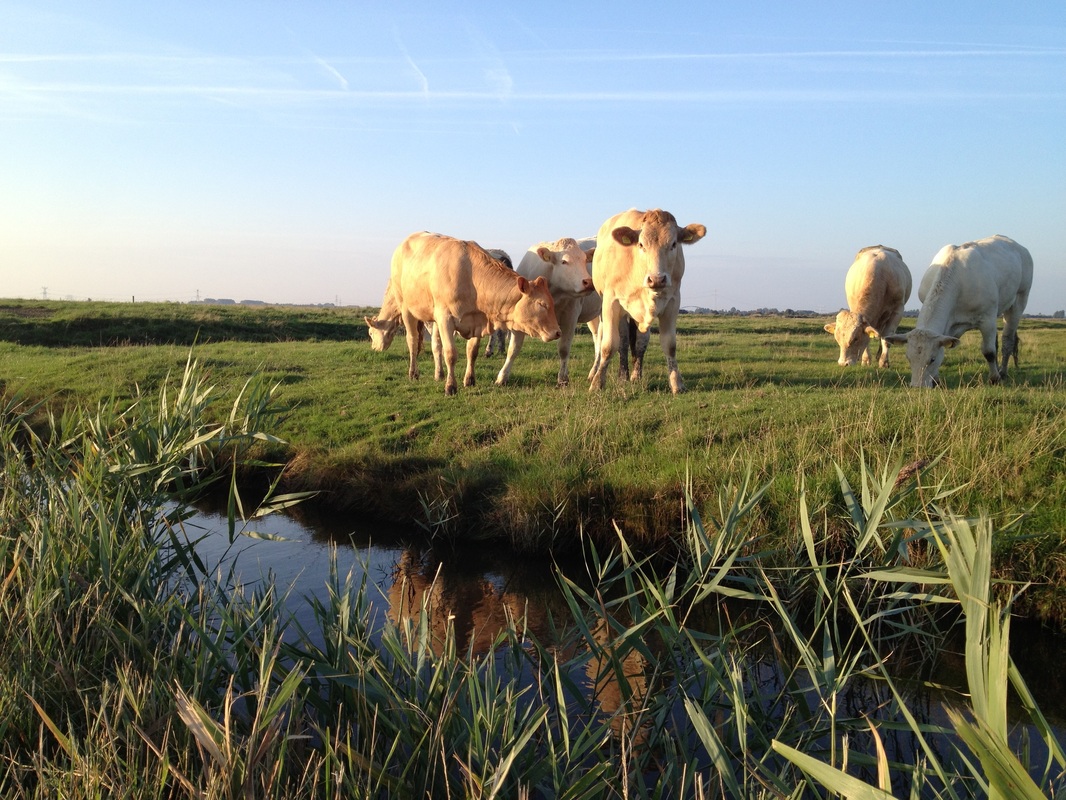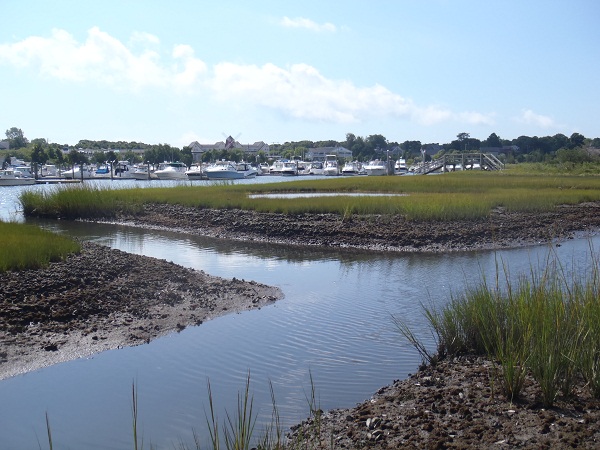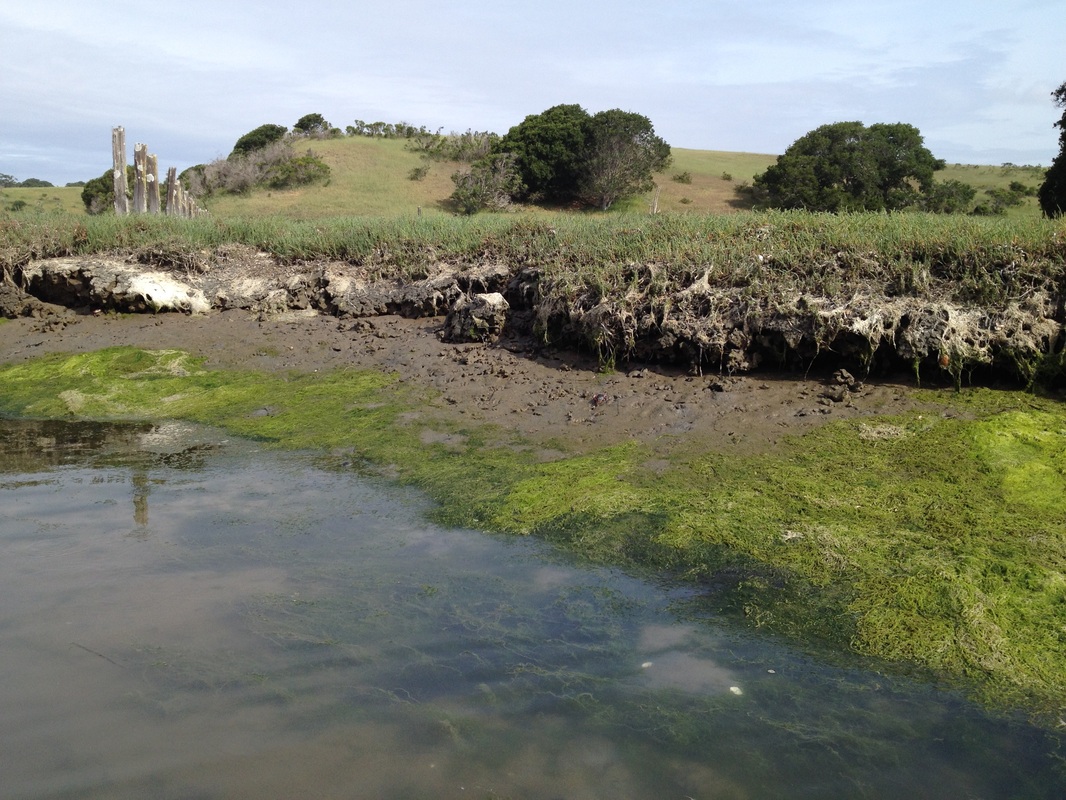Salt Marsh Research
|
|
Salt marshes form along low-energy, temperate shorelines where they provide a breadth of valuable ecosystem services. Our lab studies the organization of these systems as well as factors that influence their resilience to global change. Below are several projects that demonstrate the kinds of research our lab conducts in southeastern US salt marshes, systems in close proximity to the University of Florida.
|
